Same Day Sourdough Bread Recipe
4.8
(26)
Your folders
Your folders
Prep Time: 7 hours, 30 minutes
Cook Time: 45 minutes
Total: 8 hours, 15 minutes
Servings: 1
Author : Allyson Letal @ cravethegood.com
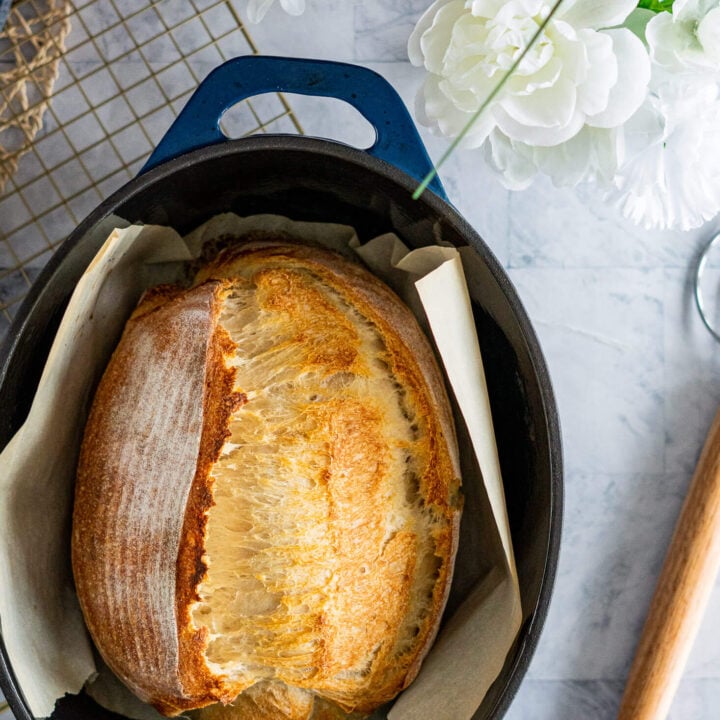
Ingredients
Export 2 ingredients for grocery delivery
Instructions
Step 1
In a large bowl, combine 330g warm water with 150g of active sourdough starter until mostly combined.
Step 2
Add 500g bread flour and 10g salt to the bowl and mix until a shaggy dough forms. Knead the dough with your hands until all the shaggy bits are incorporated.
Step 3
Cover the bowl and set aside for 45 - 60 minutes.
Step 4
Uncover the bowl and using damp hands, grab the dough and gently pull it until the flap is long enough to fold over itself, then fold the flap, rotate the bowl 90 degrees, and repeat 4 times.
Step 5
Recover the bowl, and set it aside for 30 minutes, then repeat the stretch and fold process at least 3 more times over the next 2 hours.
Step 6
Complete one final stretch and fold, then cover the bowl and set aside for 2 hours to bulk ferment. It is important to keep the dough bowl somewhere warm to encourage the microbes to work quickly!
Step 7
Observe your dough, at this point, the dough should have risen in the bowl, and have a smooth surface with visible bubbles. If the dough is domed in the bowl it is ready to work with, if the dough is flat it may need more time in the bulk ferment.
Step 8
Lightly flour the work surface and use a bowl scraper to turn the dough out onto the floured surface. Try to get the smooth top face down so that the sticky underside is on top facing you, this will make shaping the dough easier.
Step 9
Fold the edges into the middle, alternating sides as though lacing the dough together. Then starting from the top, fold the dough into thirds as you would a letter, but pull the bottom all the way around to flip the dough so the seam is facing downward. Stop there if making a batard, or tuck the long ends underneath to create a boule.
Step 10
Dust the top of your boule or batard with rice flour, then use a bench scraper to pick up the dough, flip the dough, and place it upside down, or seam side up, into a banneton to prove.
Step 11
Cover the banneton either using a damp kitchen towel or a shower cap. During the proving period, the dough will rise and become puffy in the banneton, but it should be watched - as over-proofing can cause the dough to bake up flat. This process will take a different amount of time based on the ambient temperature.
Step 12
To test the dough, gently poke it and observe how the dough reacts. If the dough feels tight and dense and looks like it hasn't relaxed in the basket, it is likely under proofed. Underproofed dough will resist your poking and spring back almost immediately. If the dough feels airy but still elastic and looks relaxed in the basket, it is properly proofed. Properly proofed dough will be easily poked, and the indent will slowly fill back in but may not even totally recover. Overproofed dough feels sticky and lacks elasticity, it will likely look slack in the basket and your indentation won't rebound.
Step 13
Place your dutch oven, cloche, or desired baking dish in the oven and preheat to 450f.
Step 14
Meanwhile, place the banneton in the freezer.
Step 15
Once the oven is preheated, remove the dough from the freezer and invert the banneton onto a sheet of parchment paper.
Step 16
Use a lame, sharp knife, or clean razor blade to score the dough.
Step 17
Carefully remove the dutch oven from the oven, and using the parchment paper as a sling, transfer the sourdough loaf from the counter into the dutch oven.
Step 18
Bake the dough at 450f covered for 20 minutes and uncovered at 450f for 25-30 minutes, or until the loaf is cooked through. You can test the doneness of the loaf with an instant-read thermometer. Bread is cooked once it reaches 205 - 210 degrees Fahrenheit internal temperature.
Step 19
Remove baked bread from the dutch oven and transfer it to a wire mesh cooling rack to cool completely before slicing. I like to leave it for at least 2 hours before slicing, as slicing too soon can affect the crumb and texture of your loaf.
Top similar recipes
Curated for youYour folders
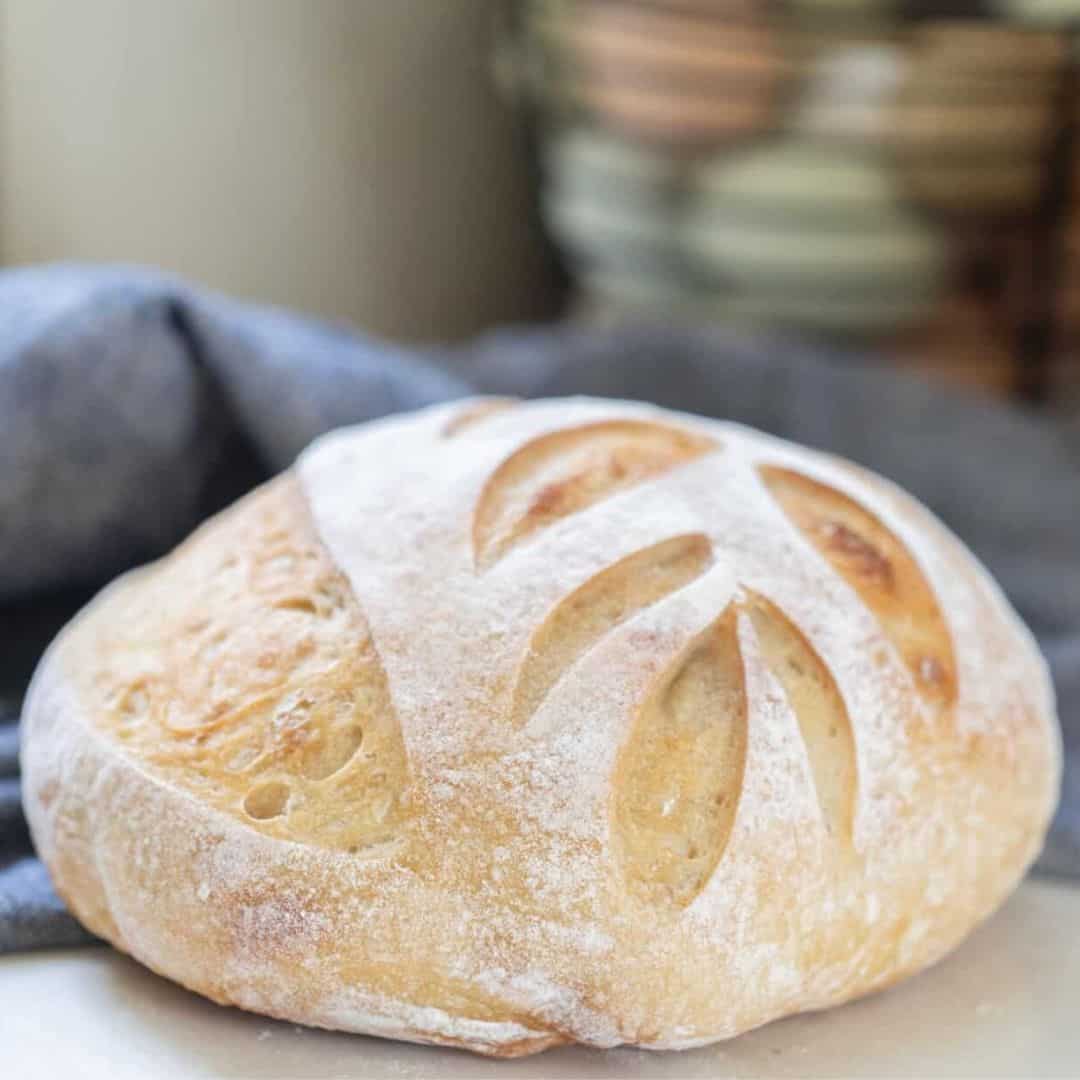
 80 views
80 viewsSame Day Sourdough Bread
farmhouseonboone.com
4.7
(283)
40 minutes
Your folders
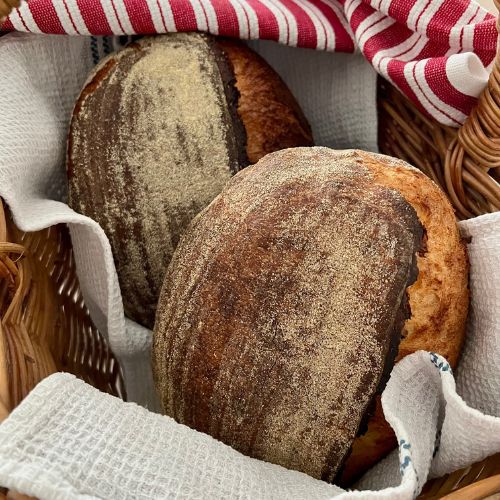
 61 views
61 viewsSame Day Sourdough Bread Recipe
pantrymama.com
4.1
(143)
45 minutes
Your folders
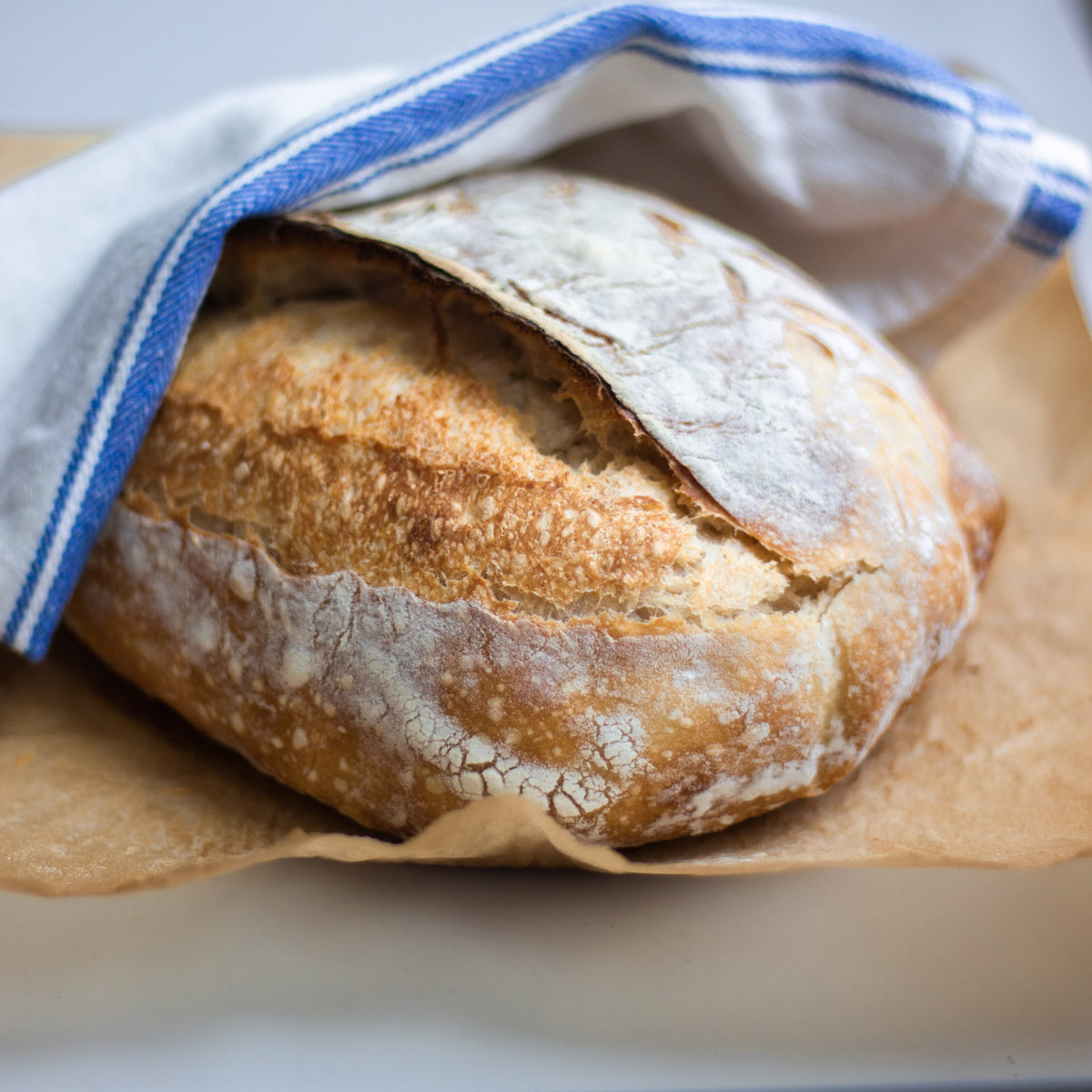
 296 views
296 viewsSame Day Sourdough Recipe
mayaskitchendaydreams.com
4.7
(19)
Your folders
 91 views
91 viewsSame Day Sourdough Recipe
mayaskitchendaydreams.com
Your folders
 80 views
80 viewssame-day sourdough sandwich bread
lizasfarmhouse.com
Your folders
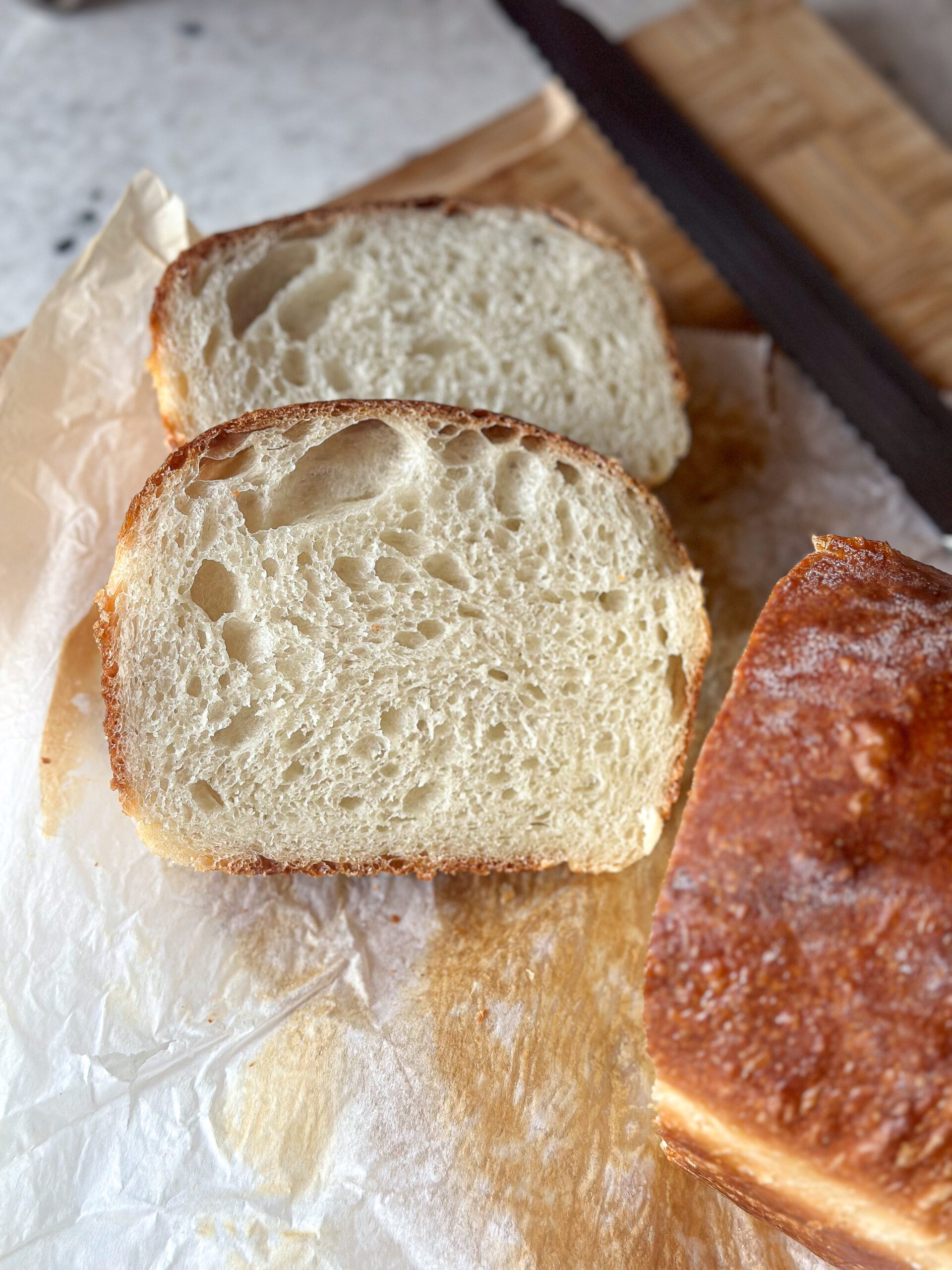
 89 views
89 viewssame-day sourdough sandwich bread
lizasfarmhouse.com
5.0
(2)
Your folders
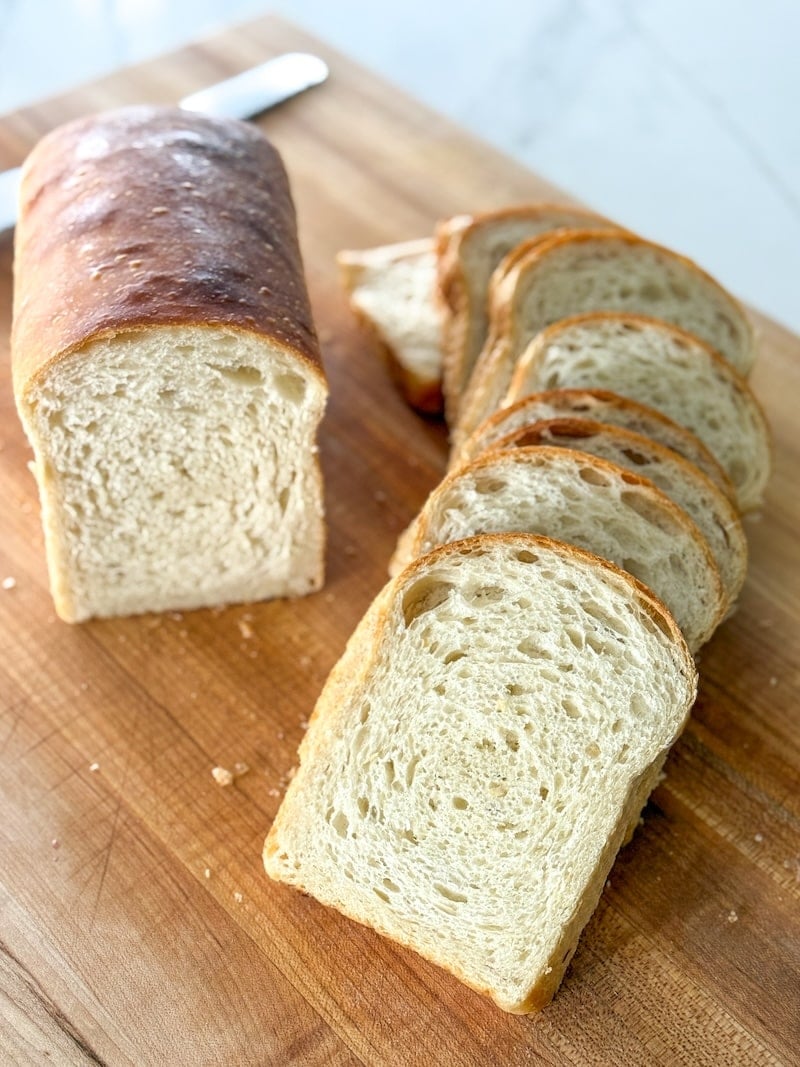
 75 views
75 viewsSame-Day Sourdough Wonder Bread Cop...
thatsourdoughgal.com
4.9
(13)
45 minutes
Your folders
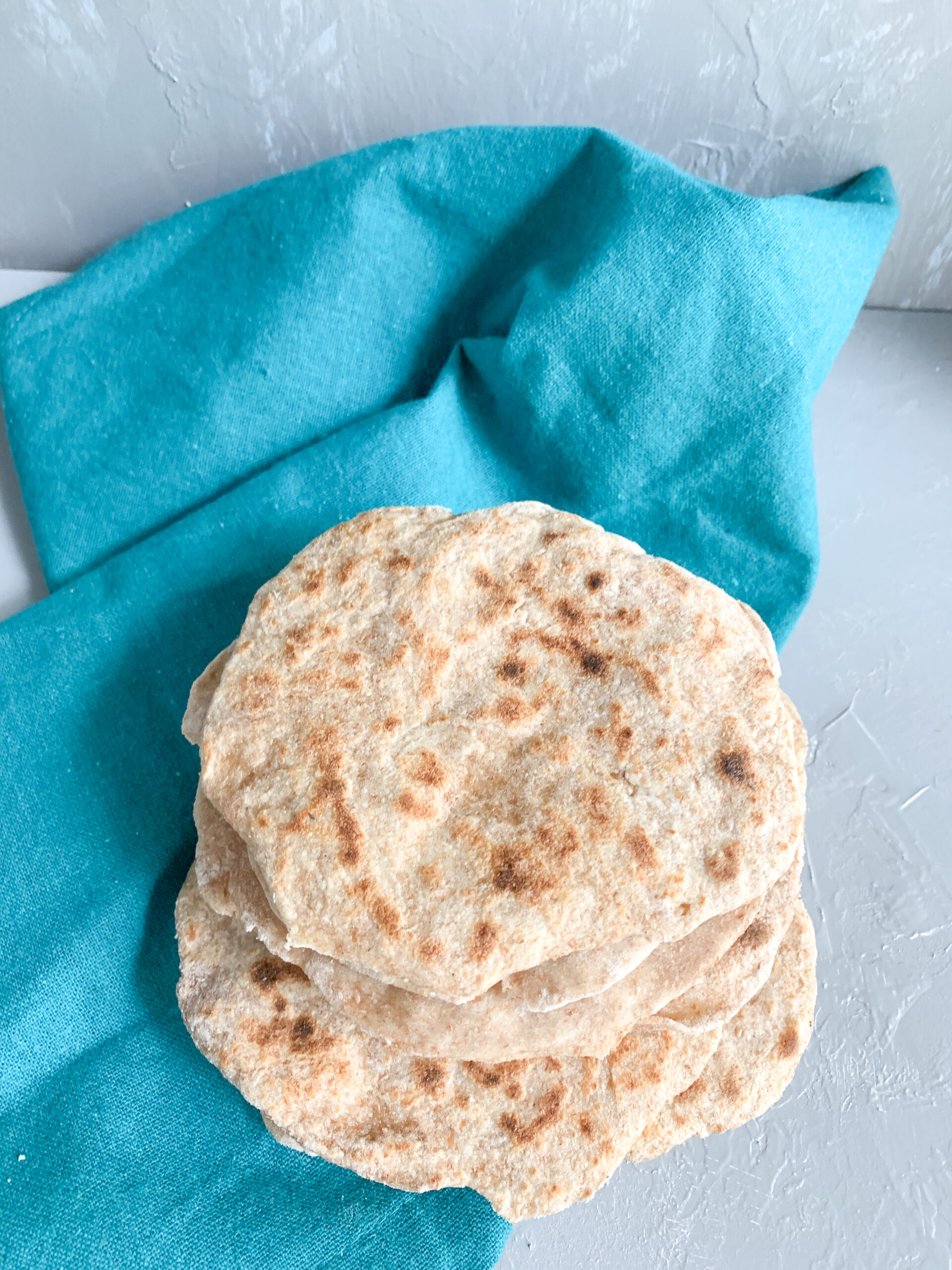
 238 views
238 viewsSame Day Sourdough Discard Pita Bre...
thehappymustardseed.com
5.0
(8)
20 minutes
Your folders
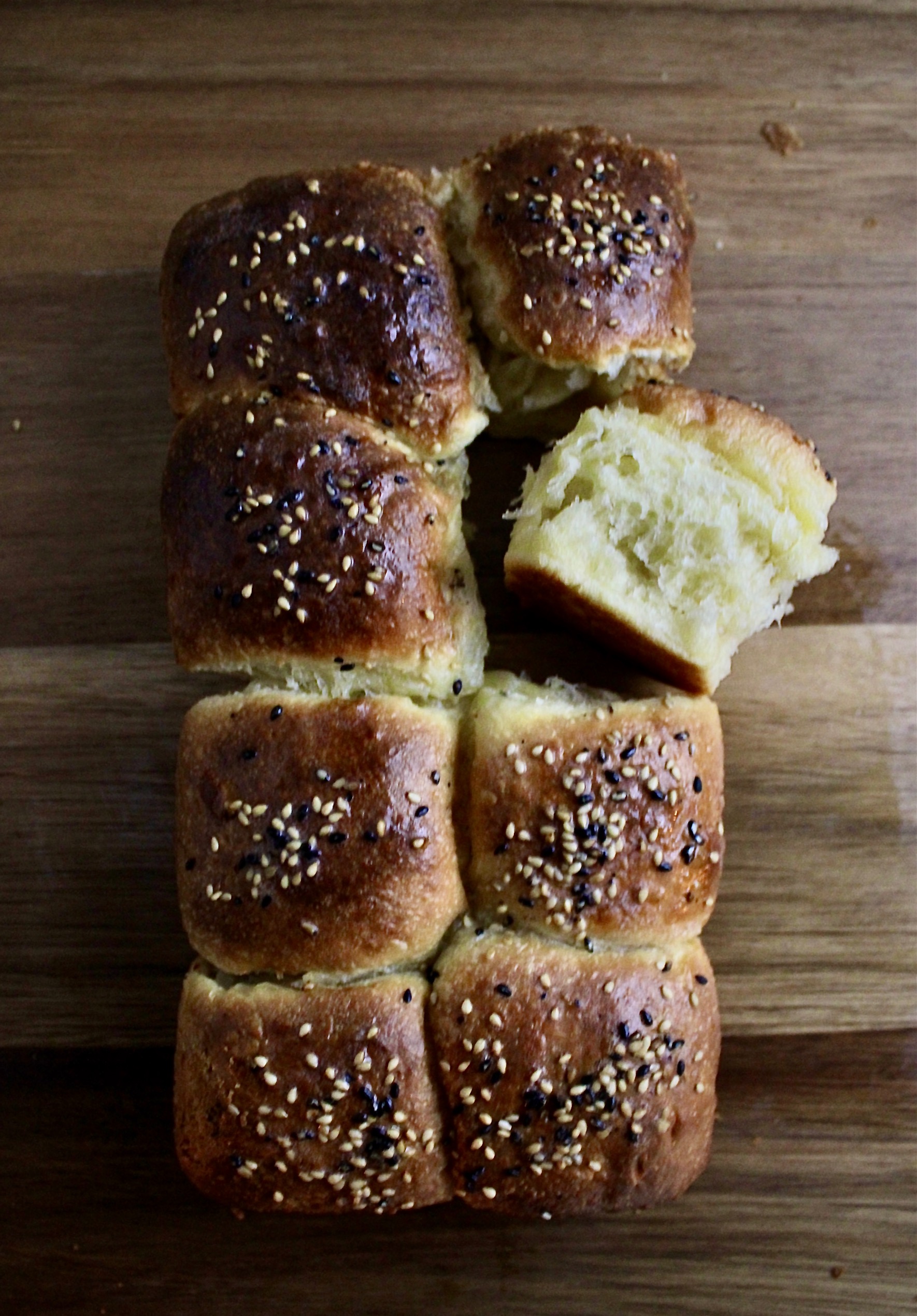
 179 views
179 viewsEasy, Same-Day, Sourdough Brioche R...
bubblingstarter.com
5.0
(1)
30 minutes
Your folders
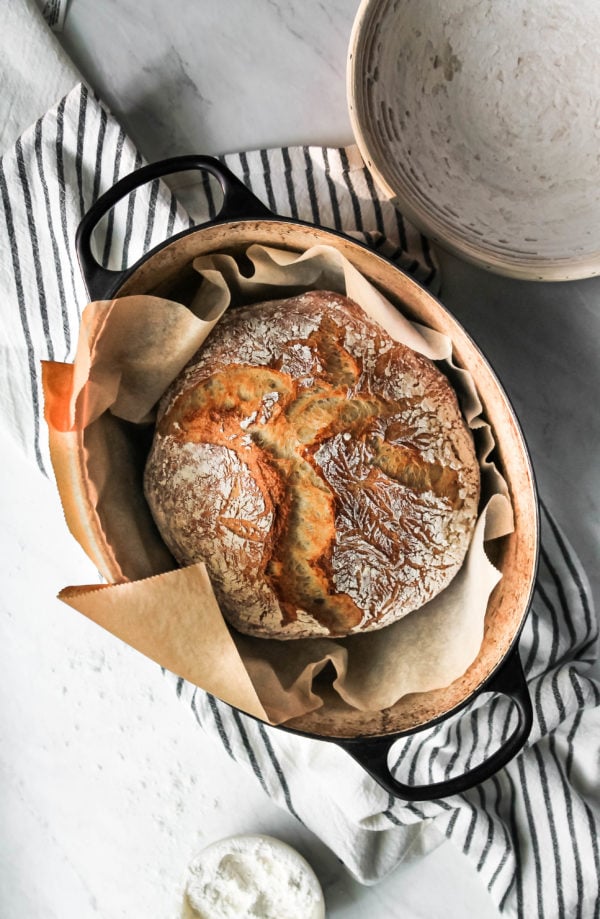
 535 views
535 viewsSame-Day Country Loaf
lionsbread.com
4.0
(1)
50 minutes
Your folders

 336 views
336 viewsSame-Day Country Loaf
lionsbread.com
Your folders

 227 views
227 viewsSame-Day Pizza Dough
somuchfoodblog.com
5.0
(1)
10 minutes
Your folders

 130 views
130 viewsSAME DAY PIZZA DOUGH recipe | Epicu...
epicurious.com
4.0
(5)
Your folders

 228 views
228 viewsEasy Same-Day Pizza Dough
whipandwander.com
5.0
(1)
14 minutes
Your folders

 132 views
132 viewsSame Day Green Goddess Focaccia
mingleseasoning.com
5.0
(1)
3 hours
Your folders

 9 views
9 viewsScallion Focaccia: Same Day OR Over...
tiffycooks.com
4.8
(13)
20 minutes
Your folders
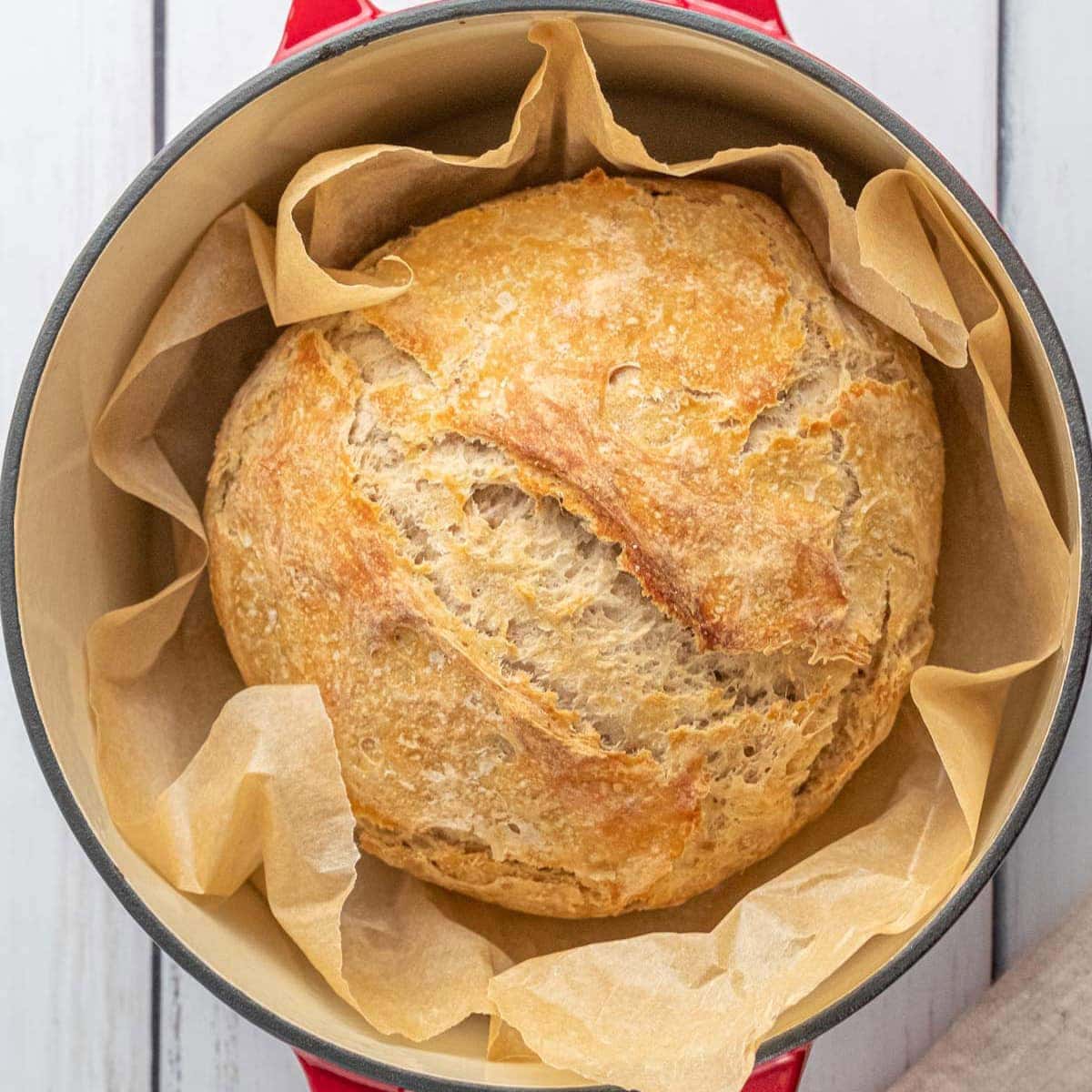
 235 views
235 viewsSourdough Bread Recipe
yellowblissroad.com
4.5
(47)
30 minutes
Your folders
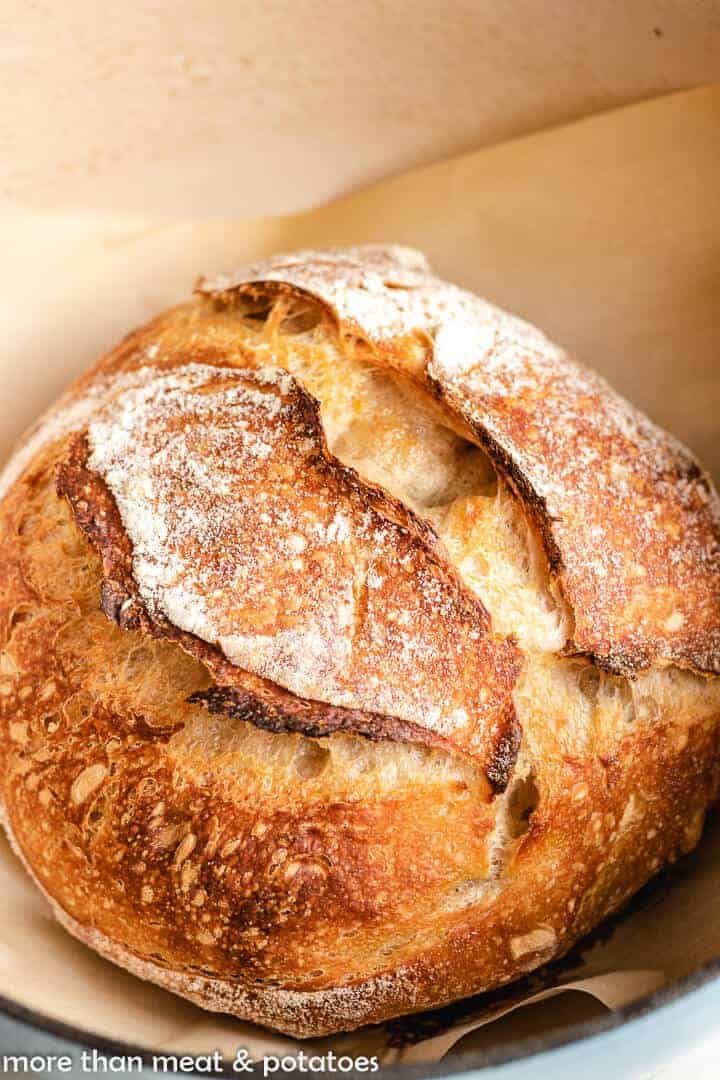
 256 views
256 viewsSourdough Bread Recipe
morethanmeatandpotatoes.com
4.8
(6)
45 minutes
Your folders

 253 views
253 viewsSourdough Bread Recipe
skinnytaste.com
60 minutes